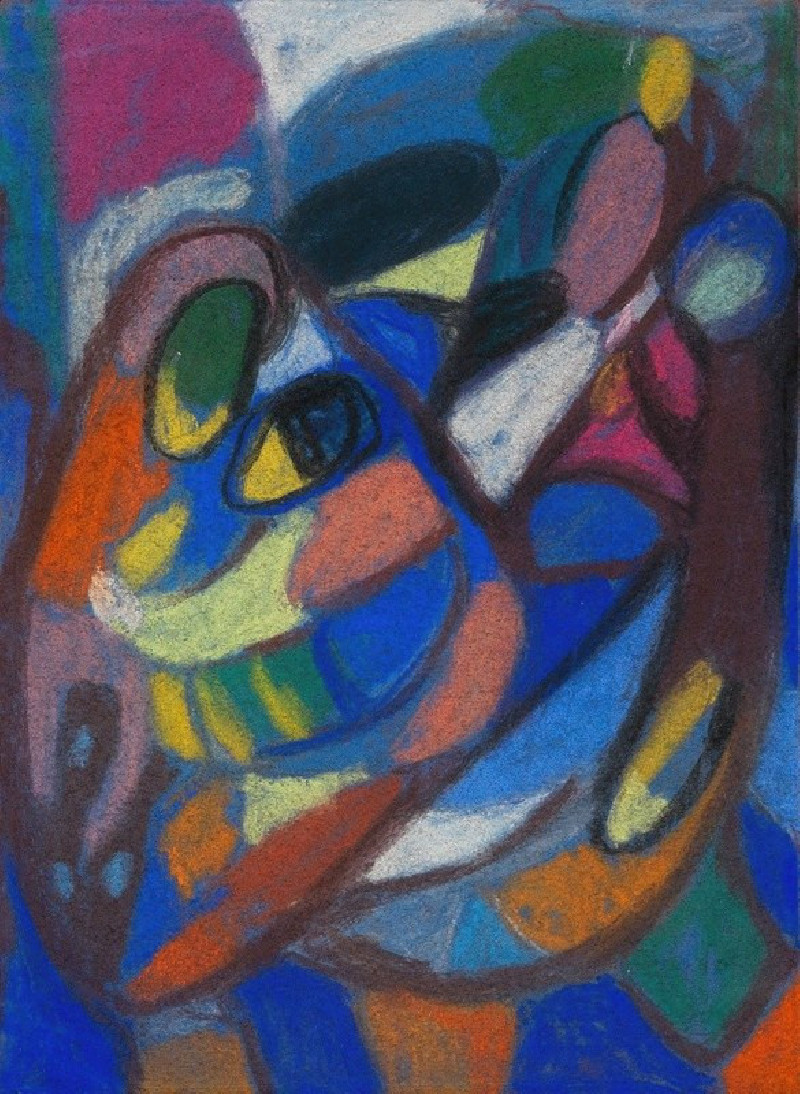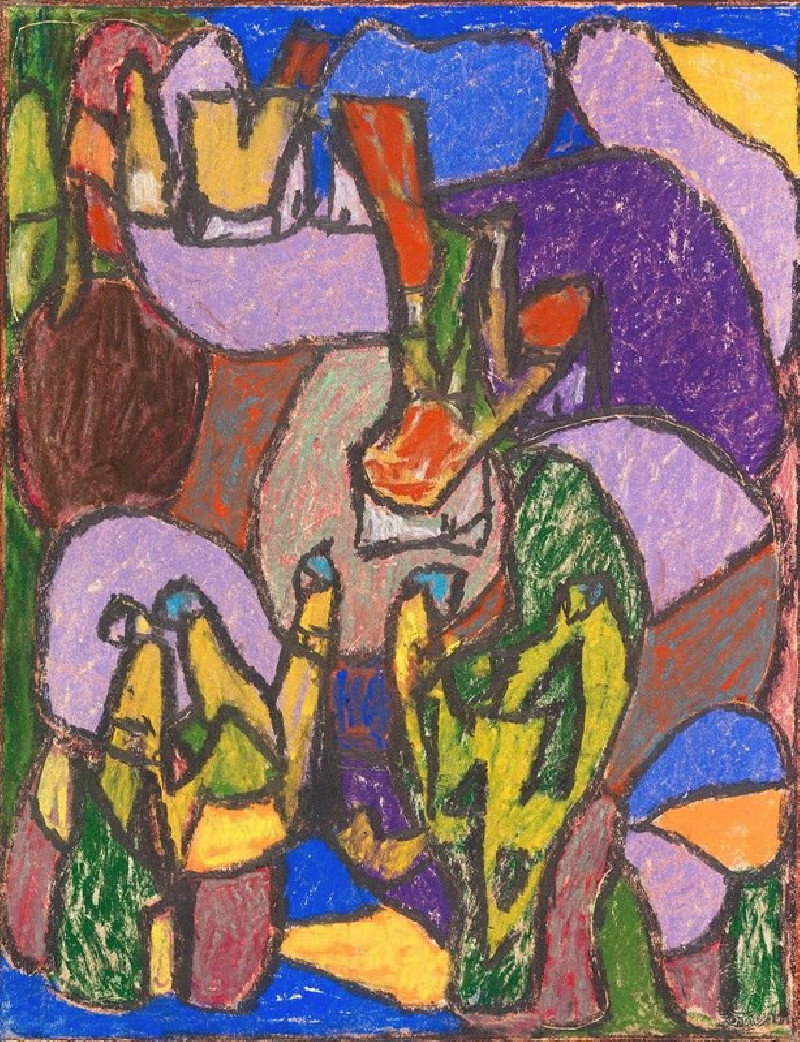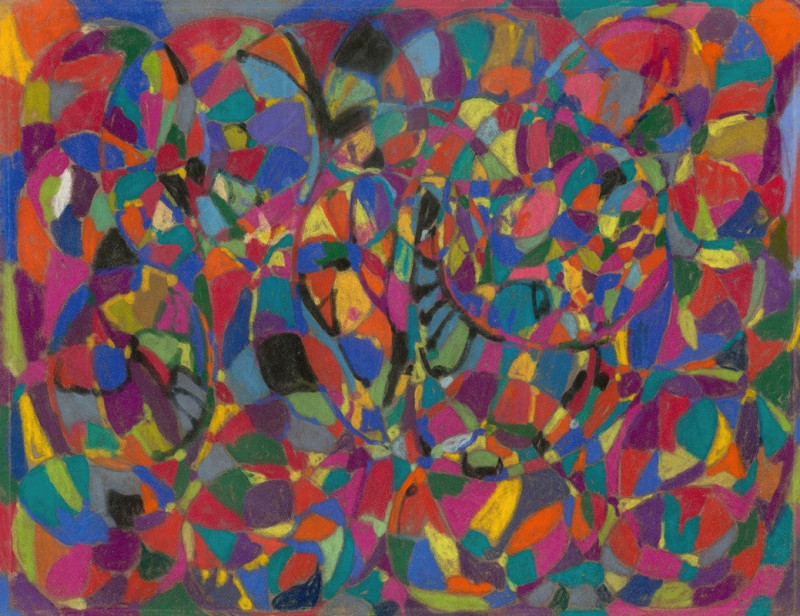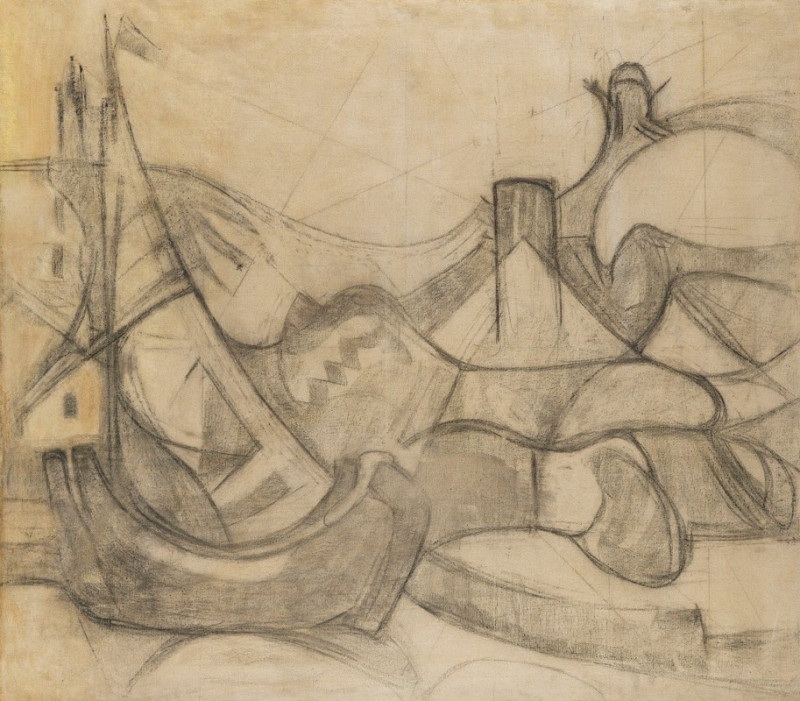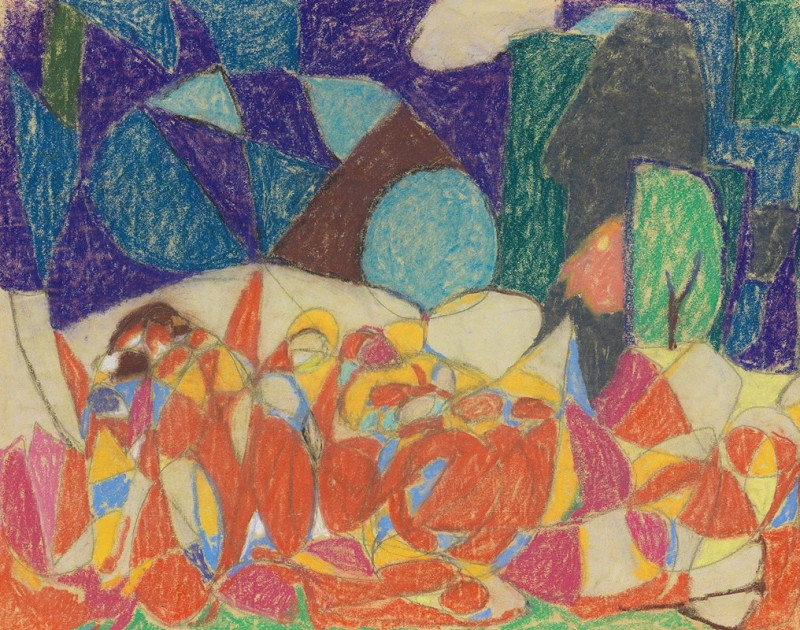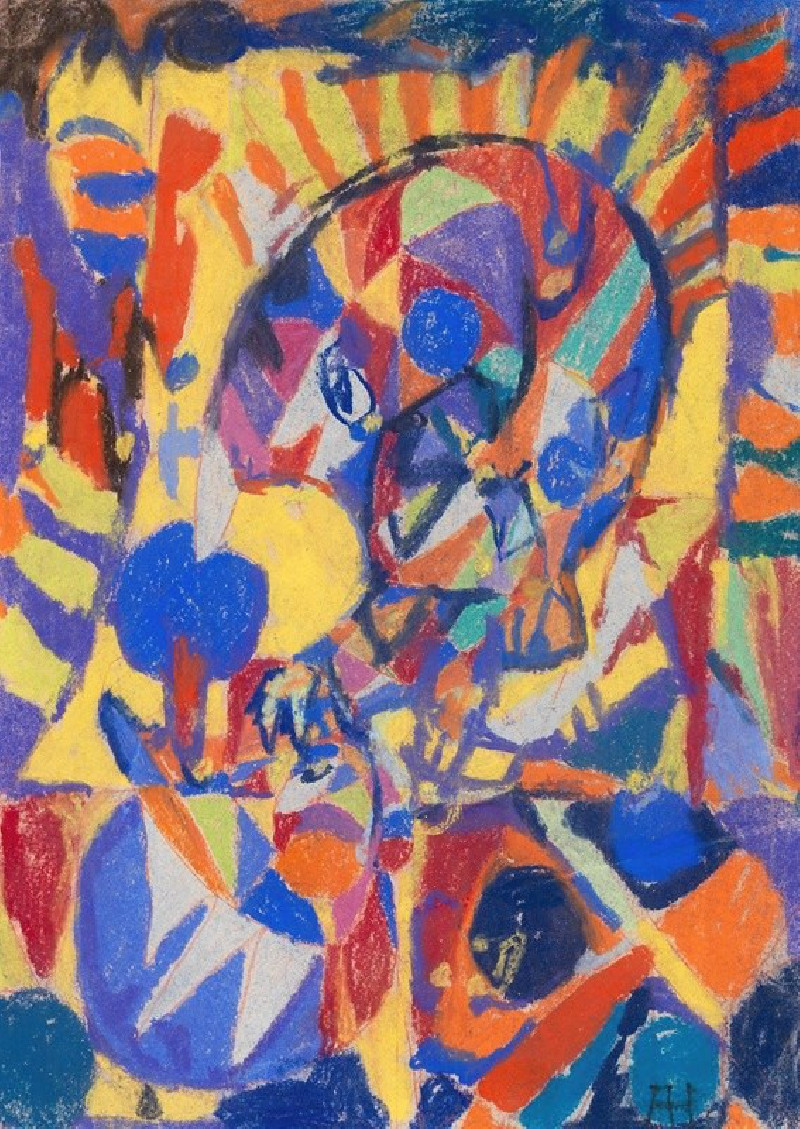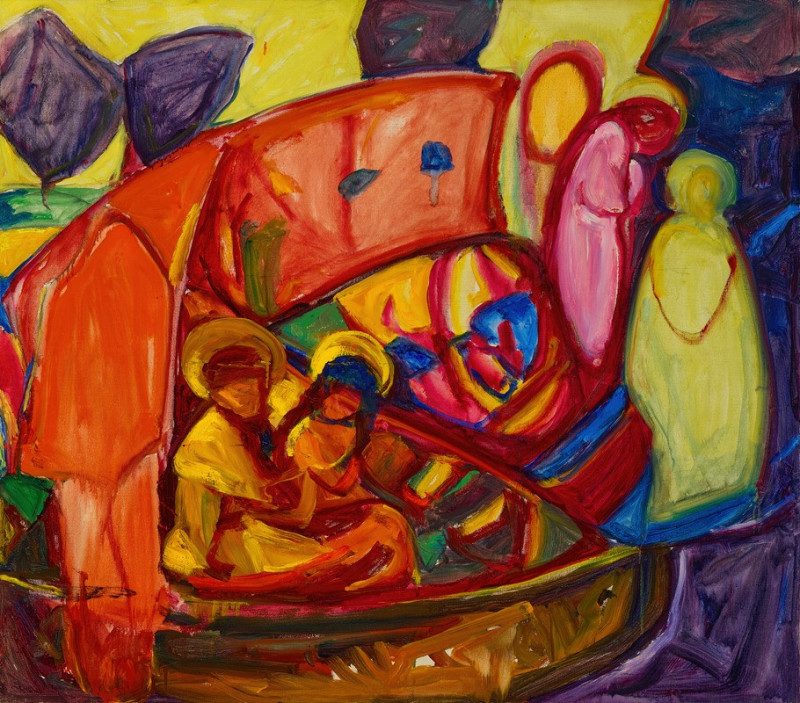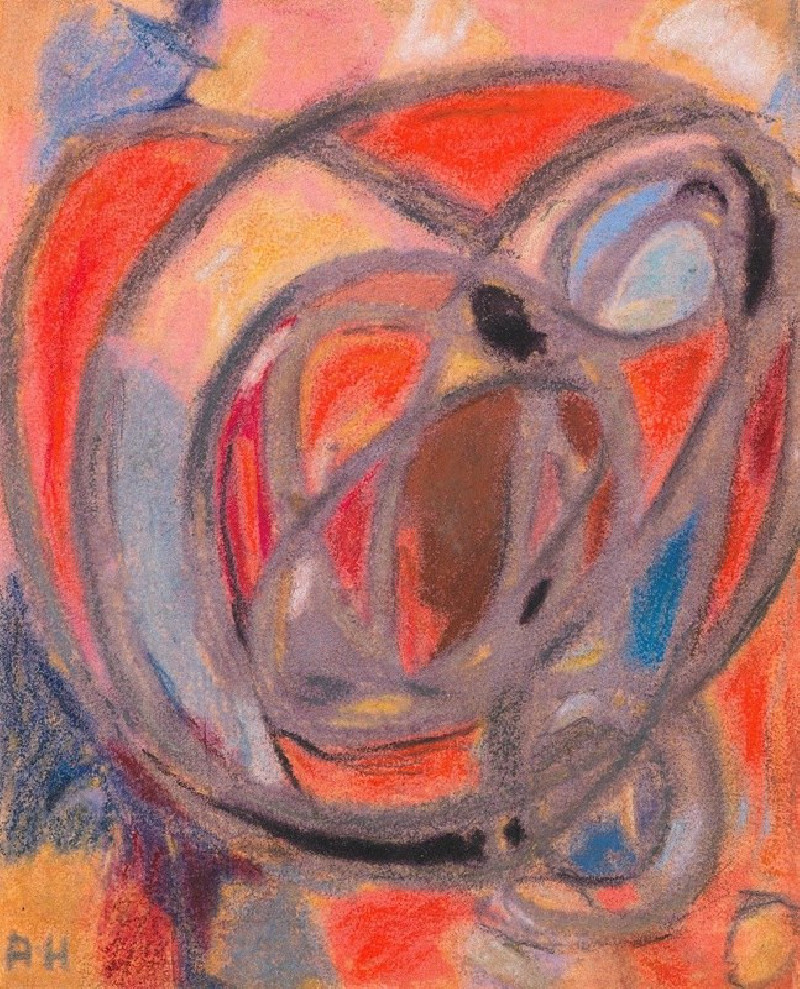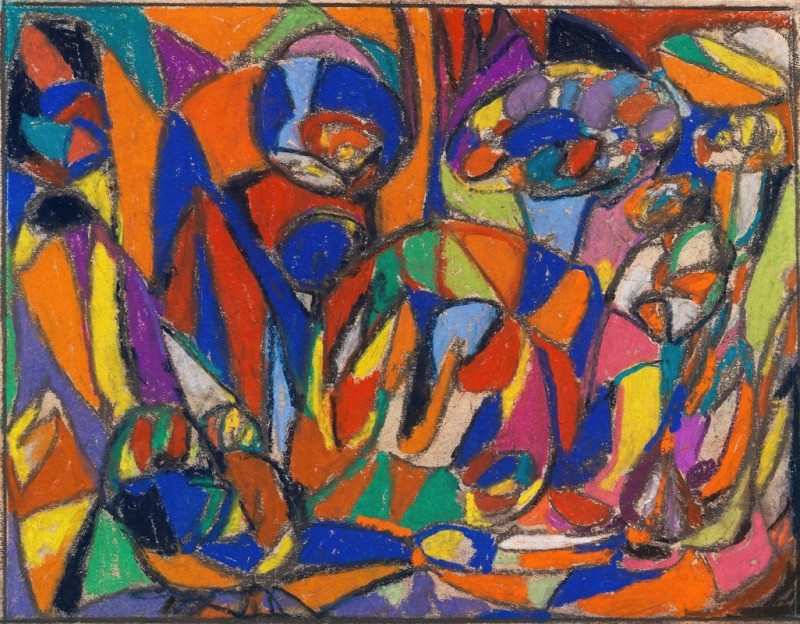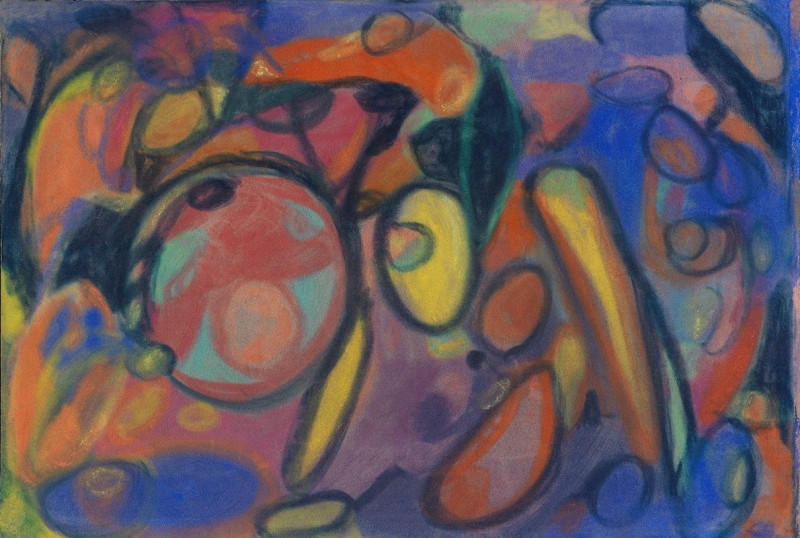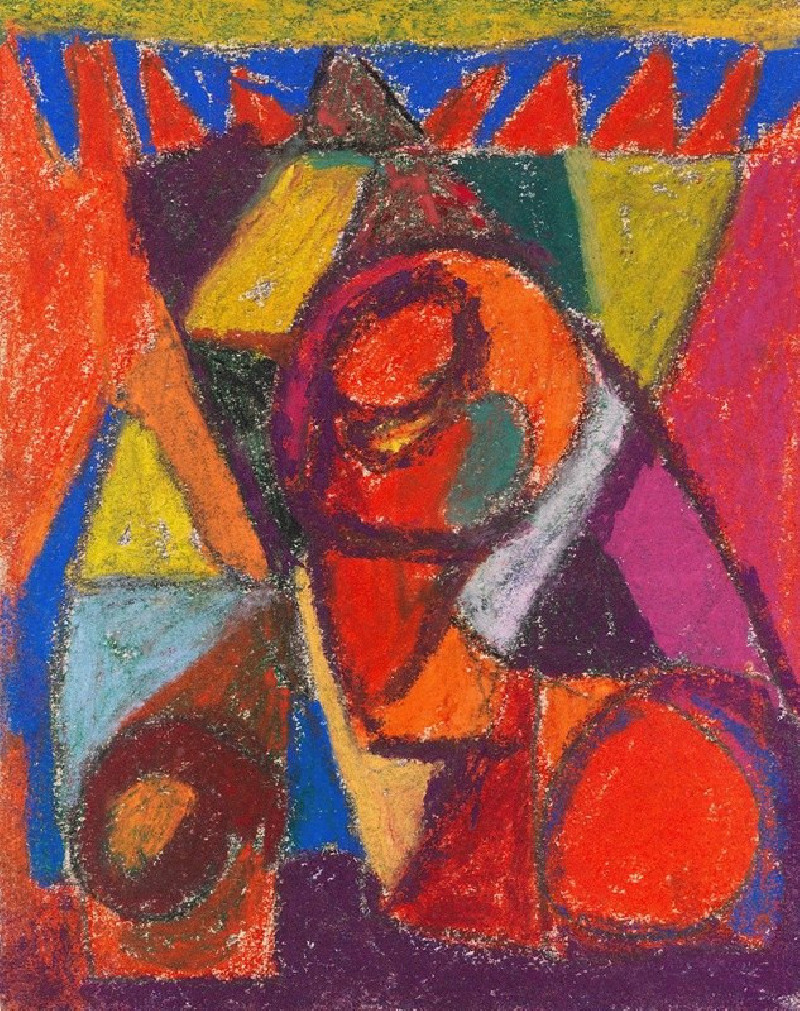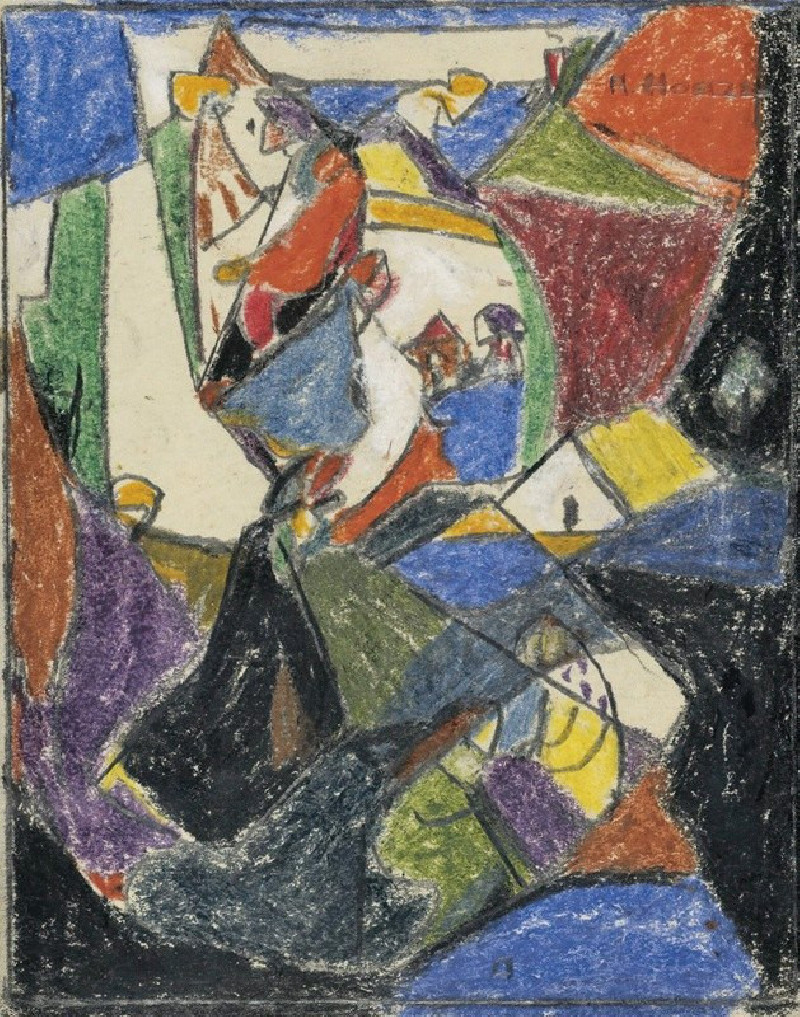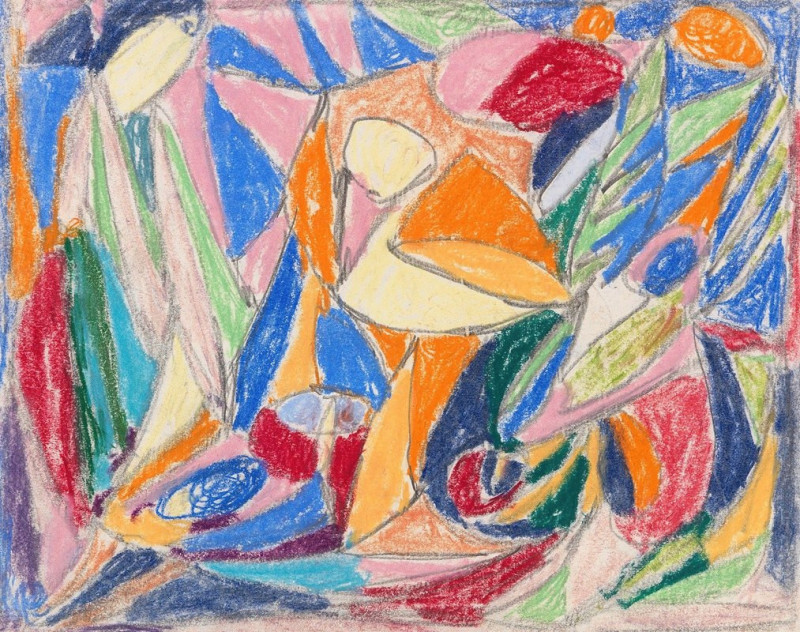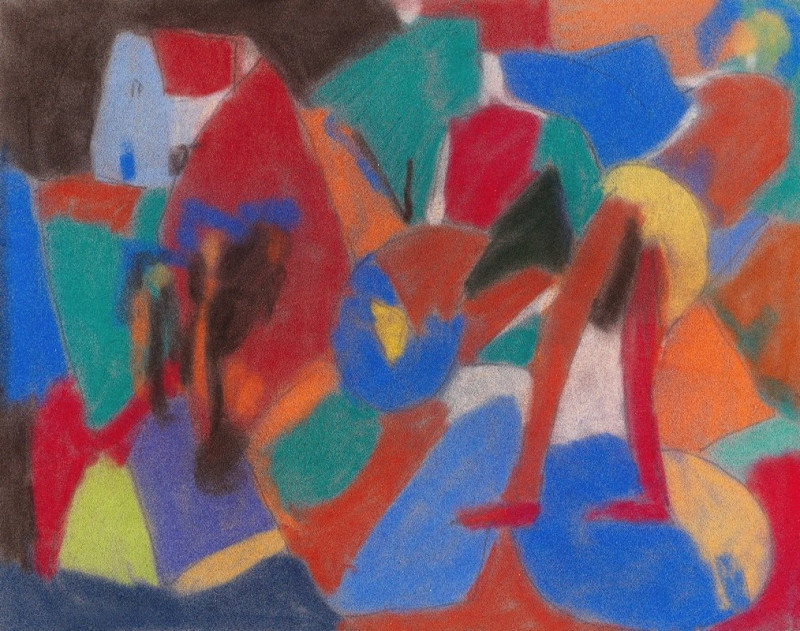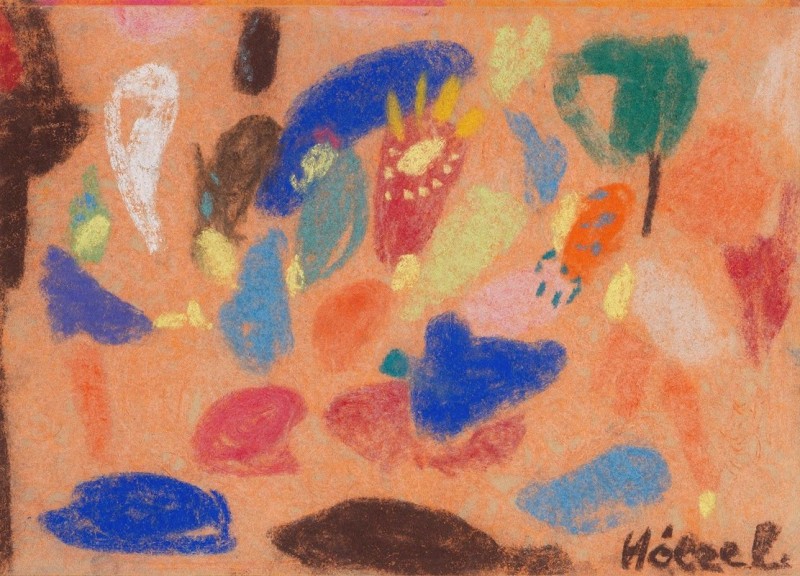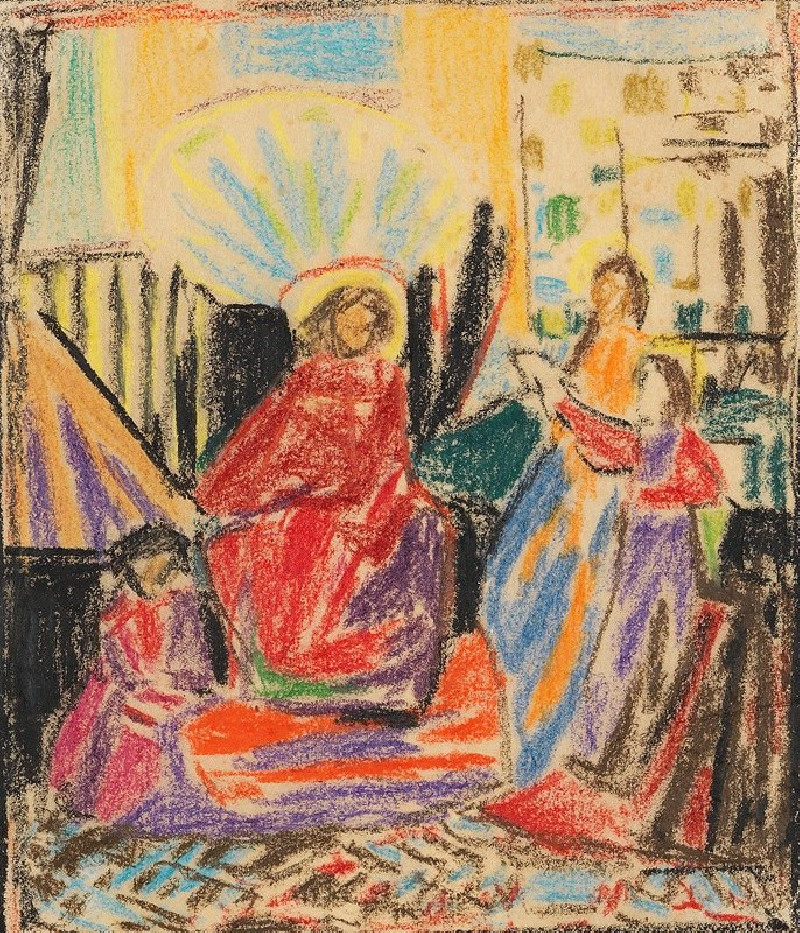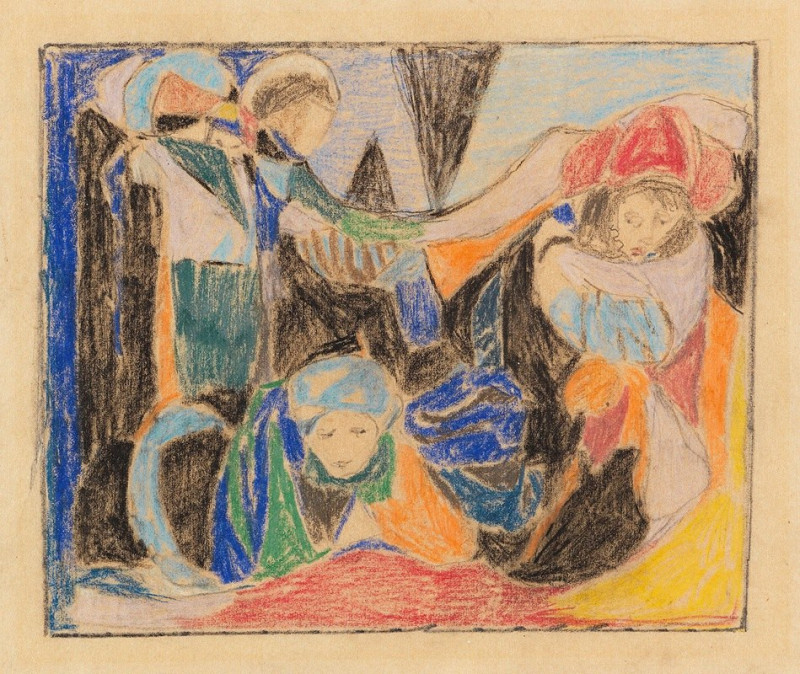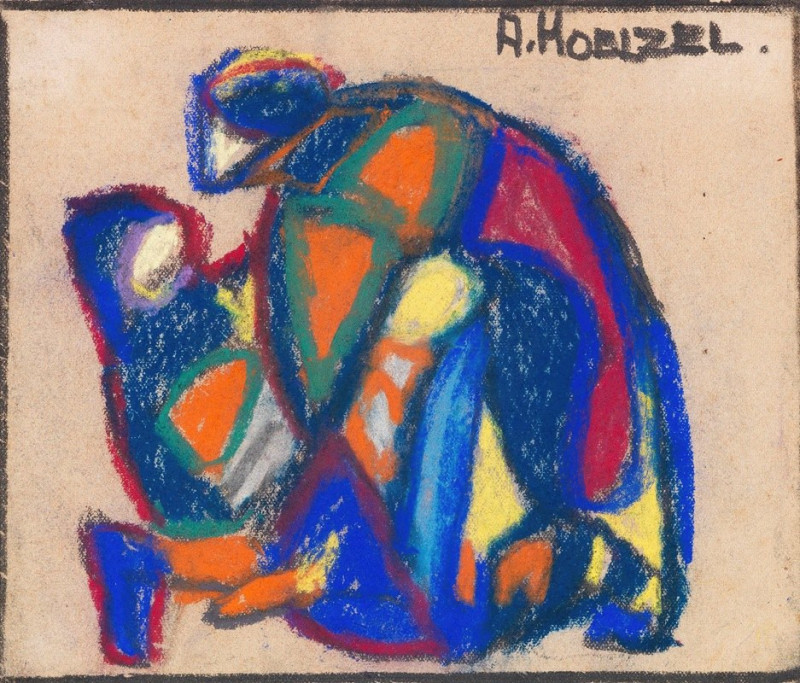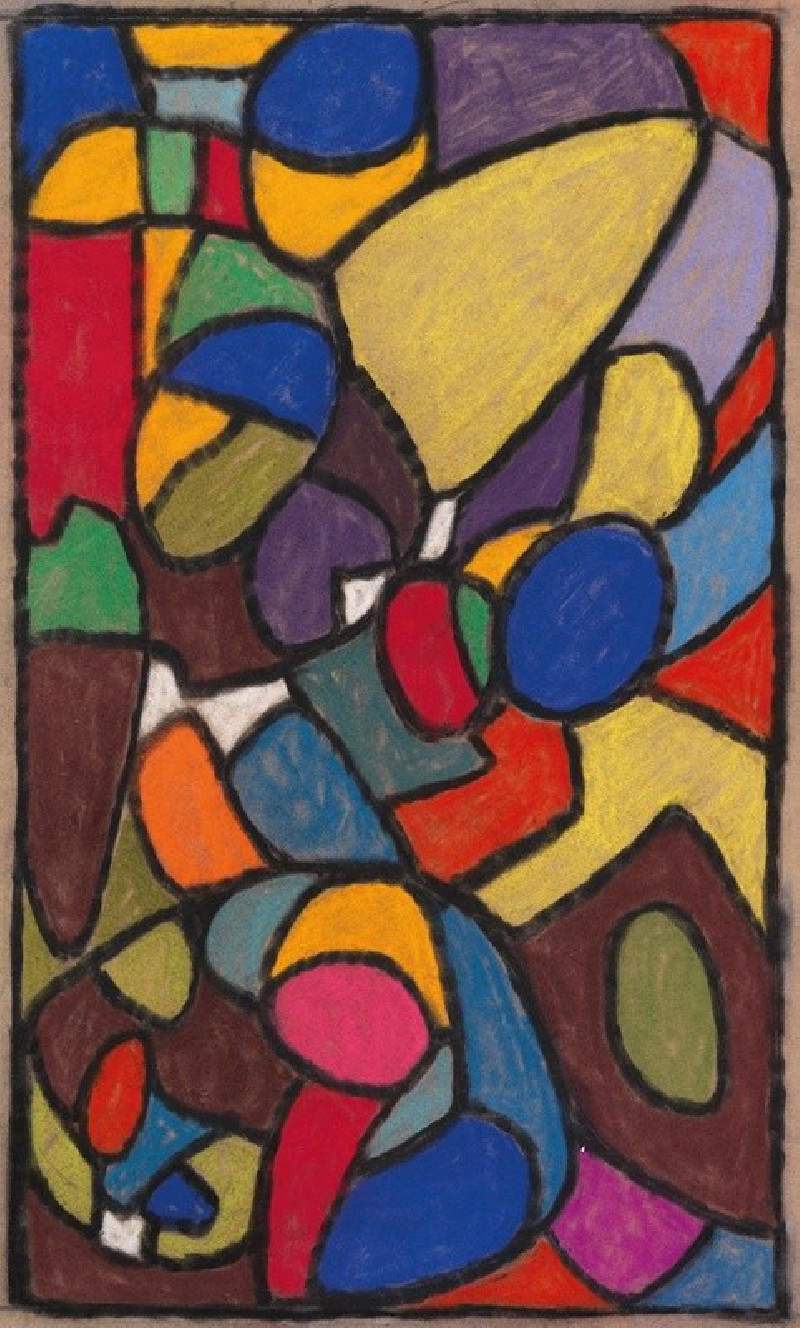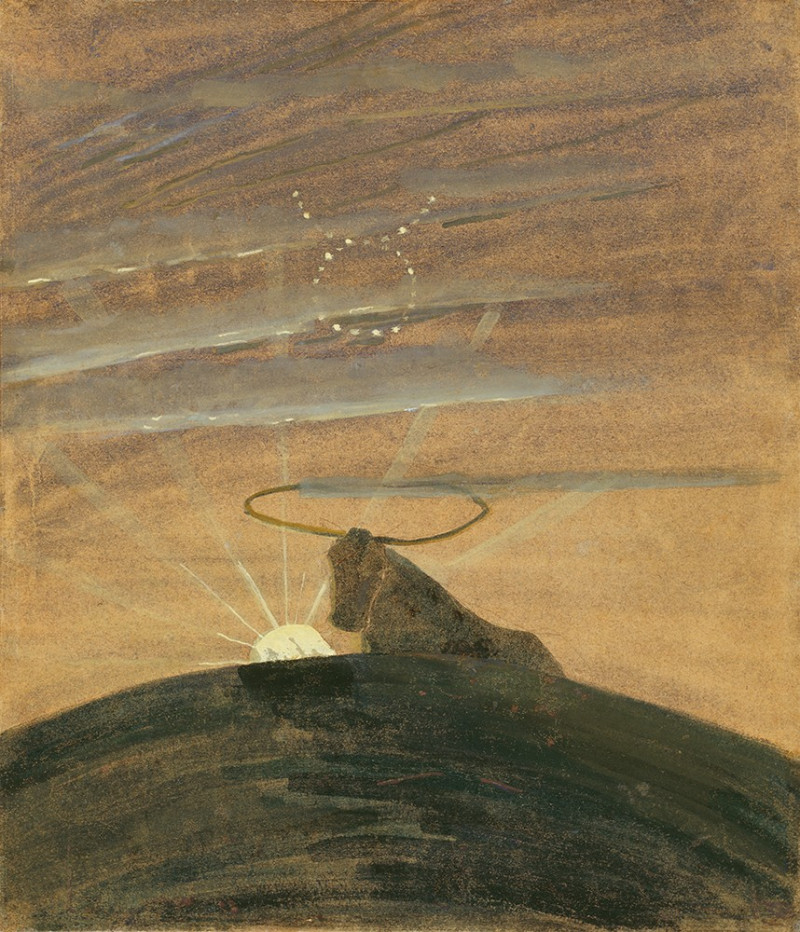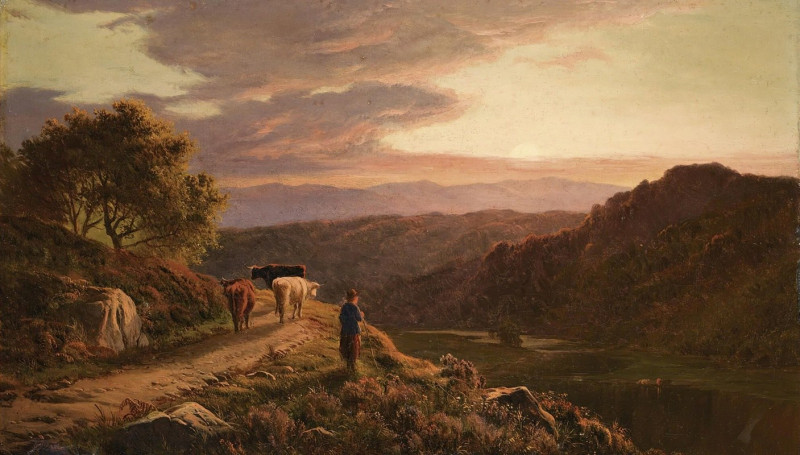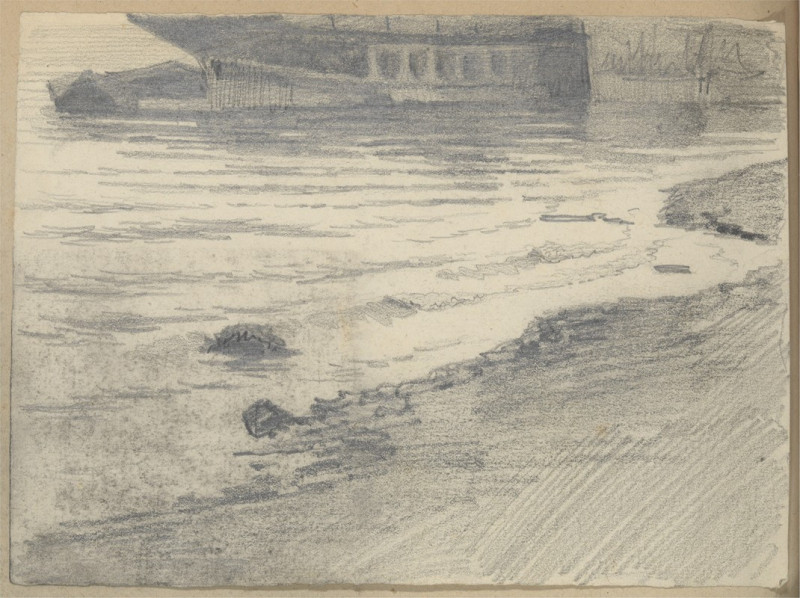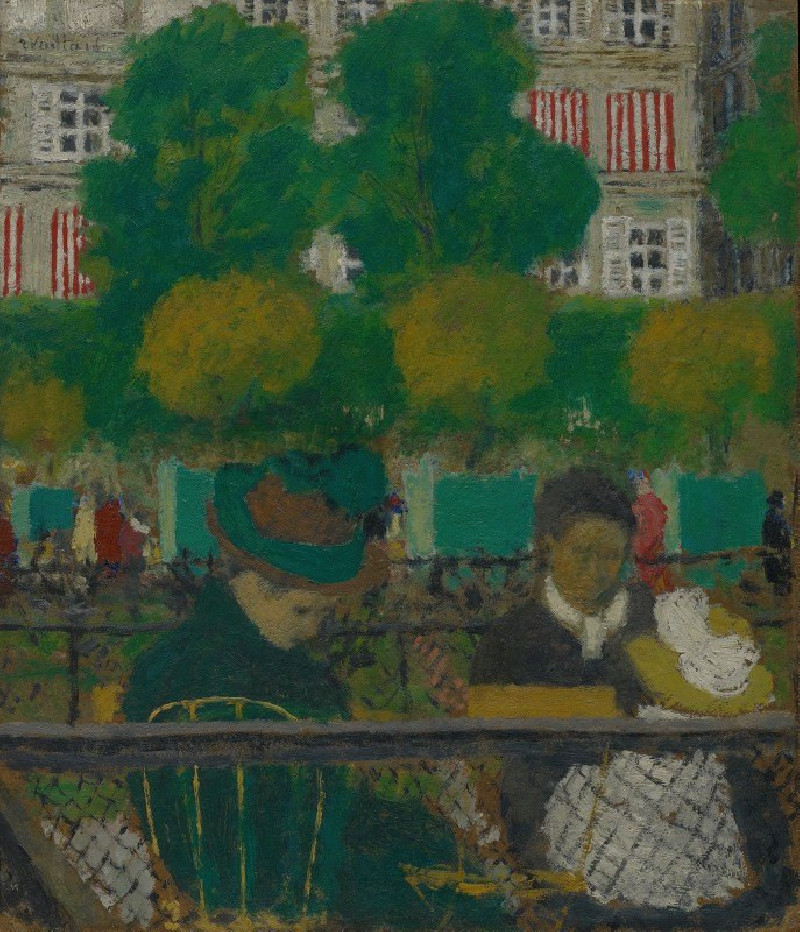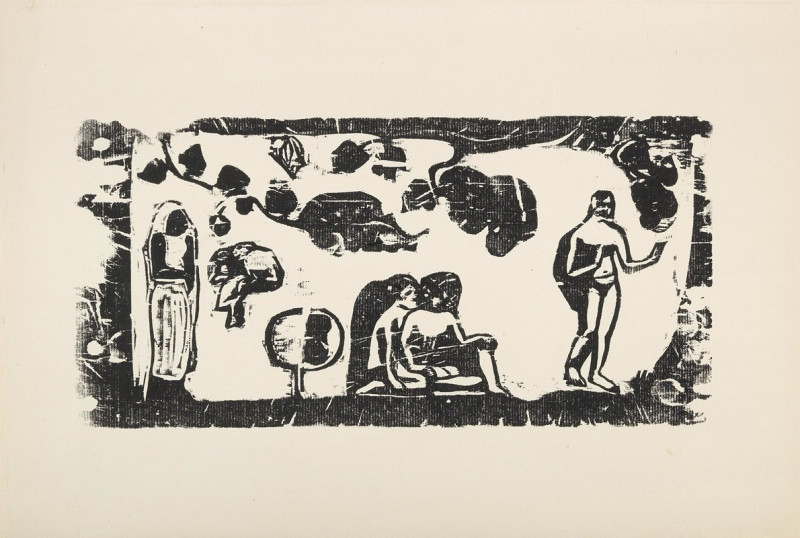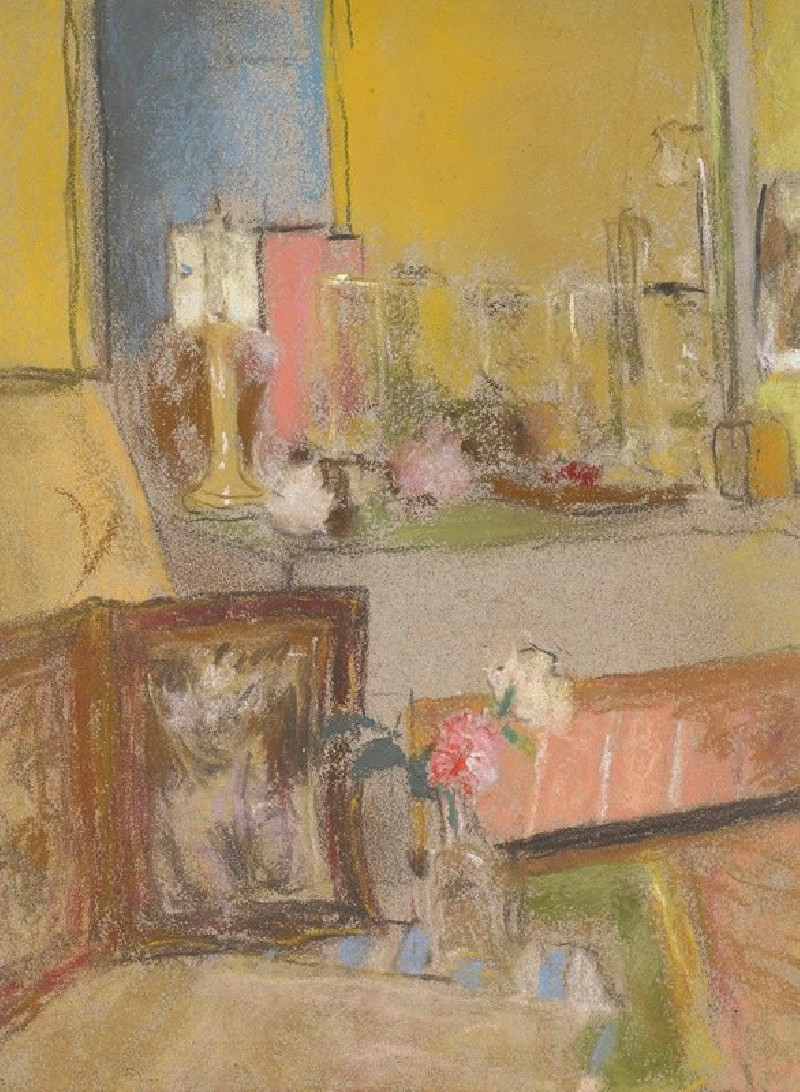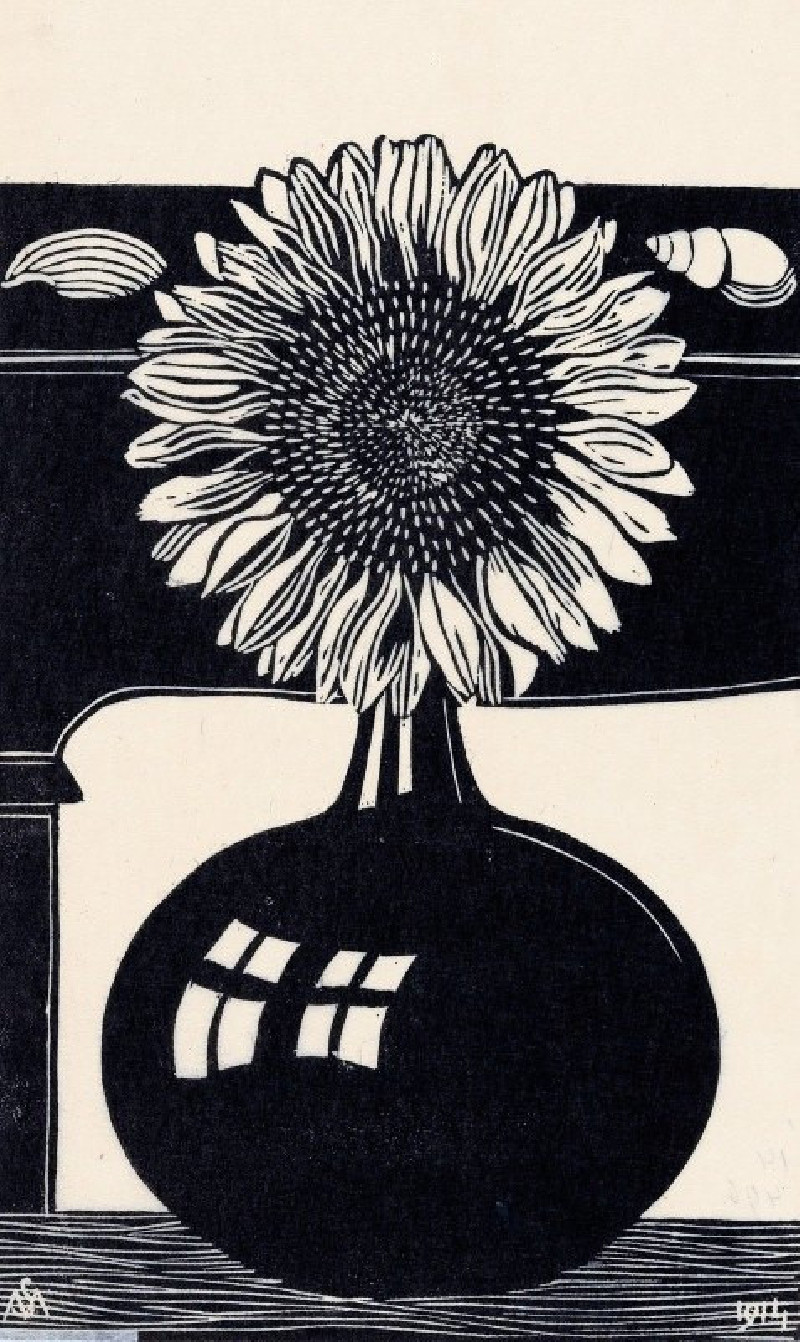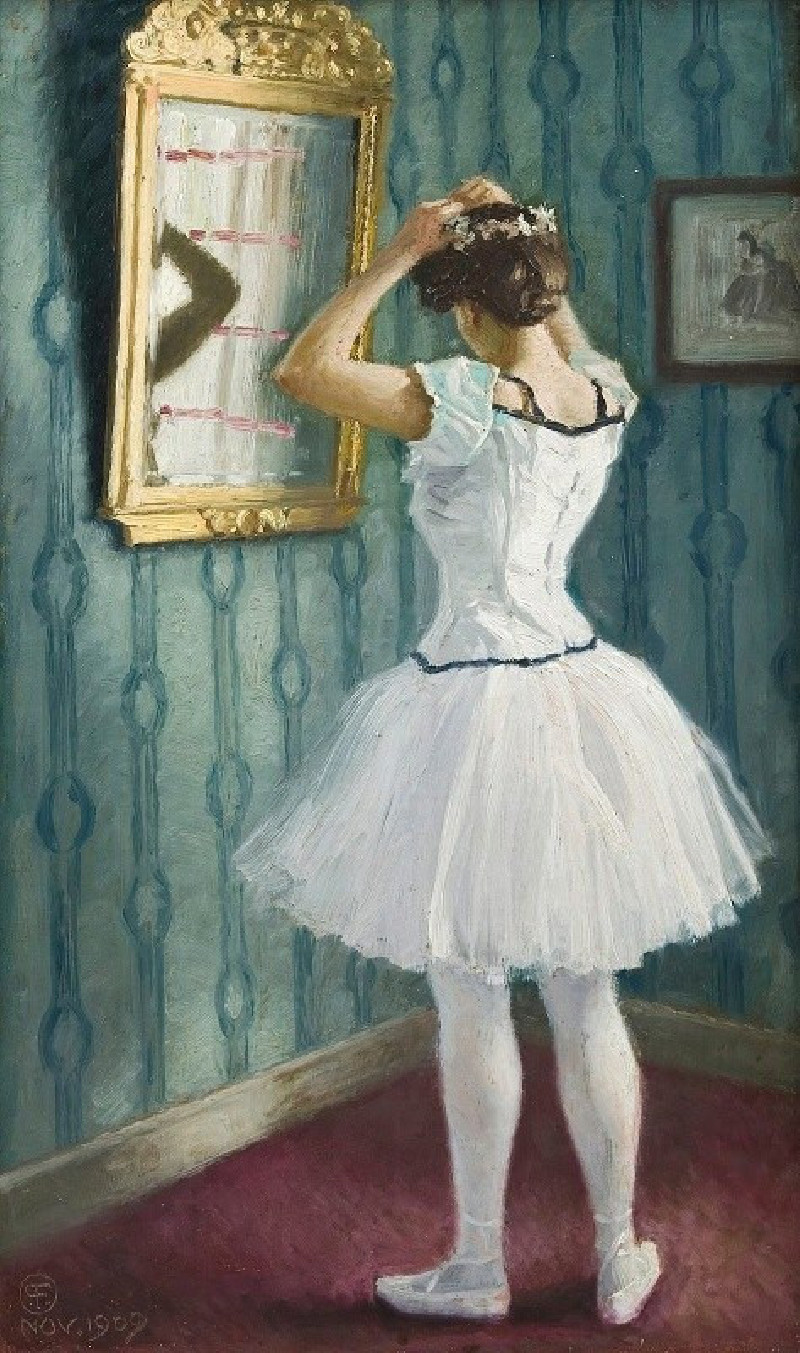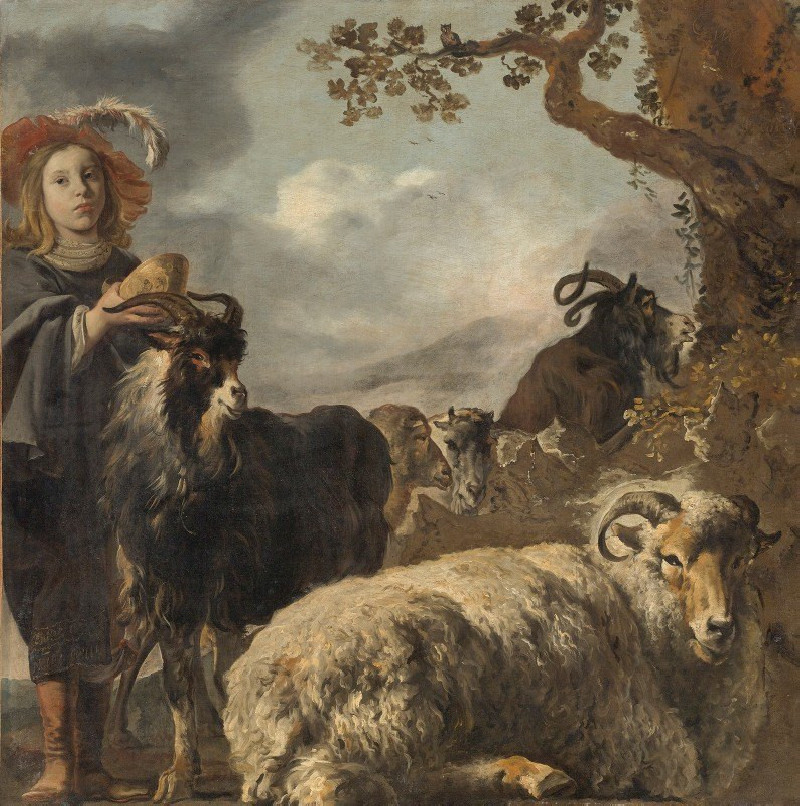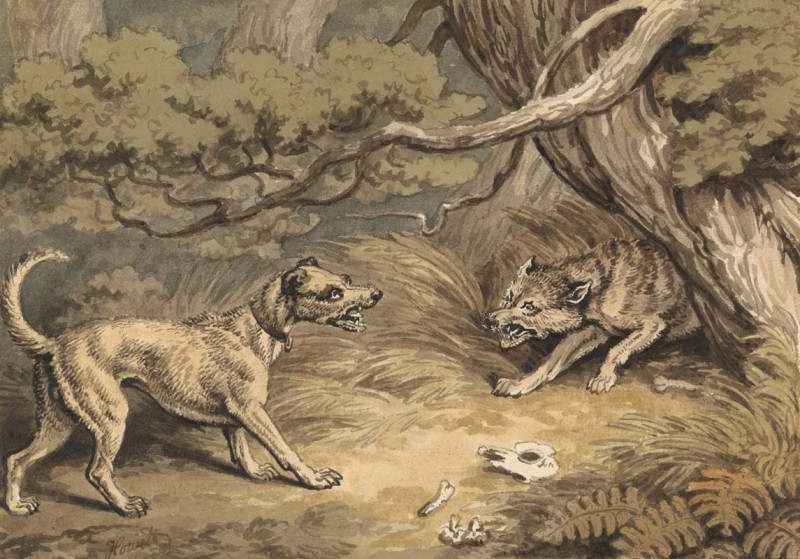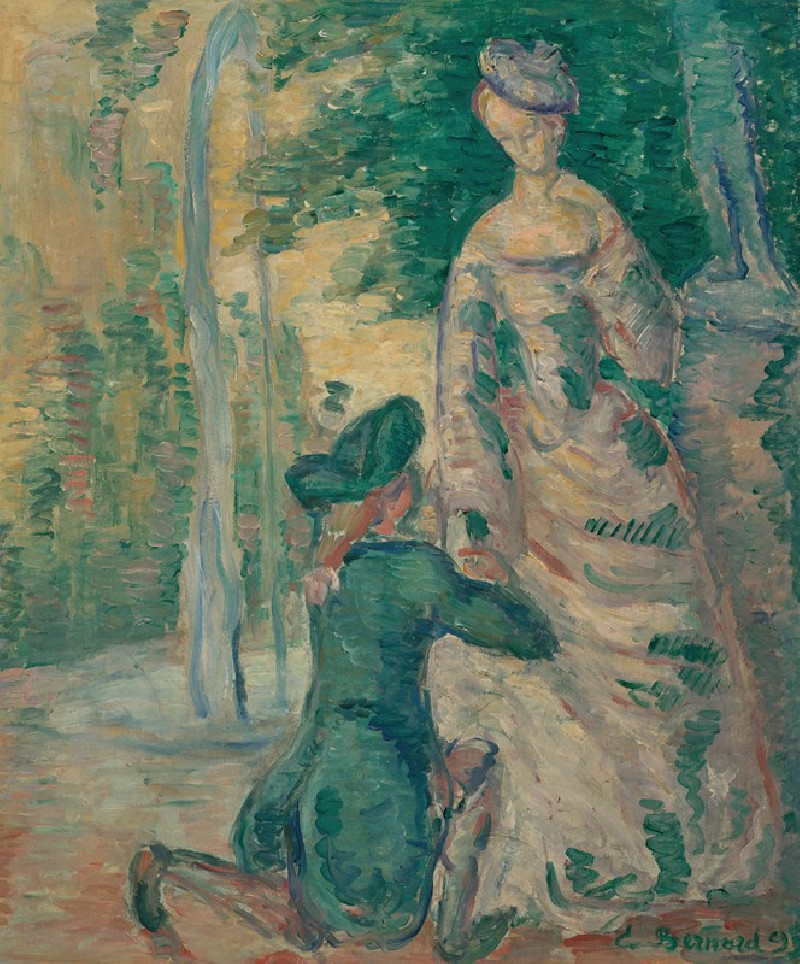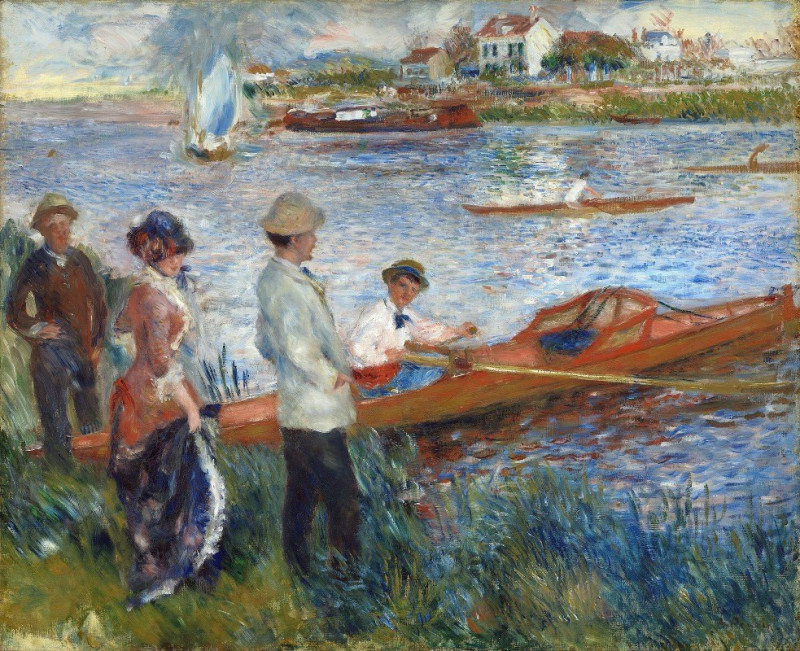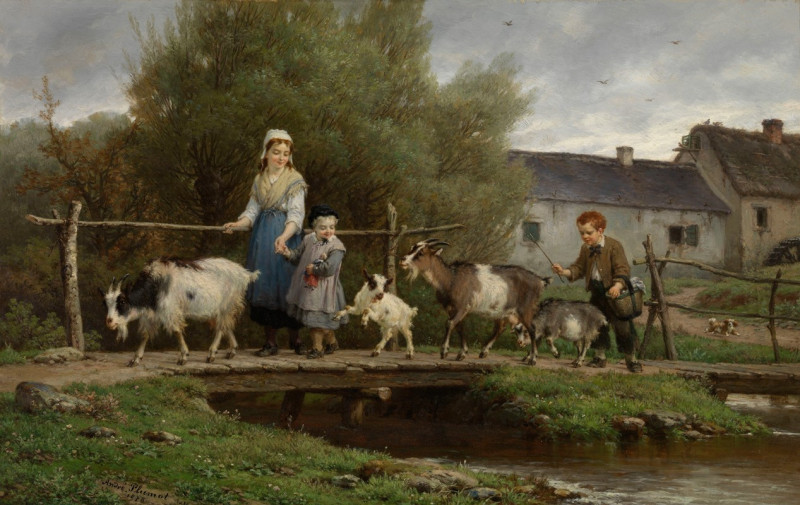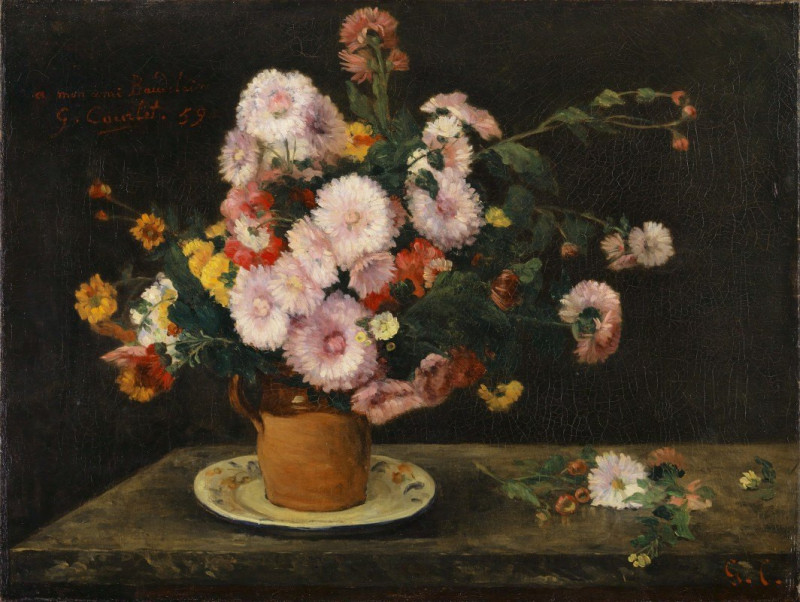Figurale Komposition (1930)
Technique: Giclée quality print
Recommended by our customers
More about this artwork
Adolf Hölzel's "Figurale Komposition" from 1930 is a vivid exploration of color, form, and the boundary between abstraction and figuration. In this striking work, Hölzel deploys a palette of bold and nuanced colors to create a composition that seems to pulse with life.At first glance, the painting might seem like a purely abstract cacophony of colors. However, as one's eye adjusts, shapes begin to emerge, almost apparitional, suggesting fragments of figures or scenes. Hölzel’s masterful use of blurred lines and overlapping forms creates a sense of depth and movement, inviting viewers to interpret and re-interpret the canvas.Reds, blues, and earthy tones dominate the palette, yet they do not clash; rather, they interact in a manner that suggests harmony and tension simultaneously. The hints of dark shadows and contours suggest the outlines of figures, perhaps in a crowd or a complex, intertwined dance. This interplay invites the viewer to dissect visual and emotional complexities, making “Figurale Komposition” a testament to Hölzel's innovative approach to expressionist painting.


